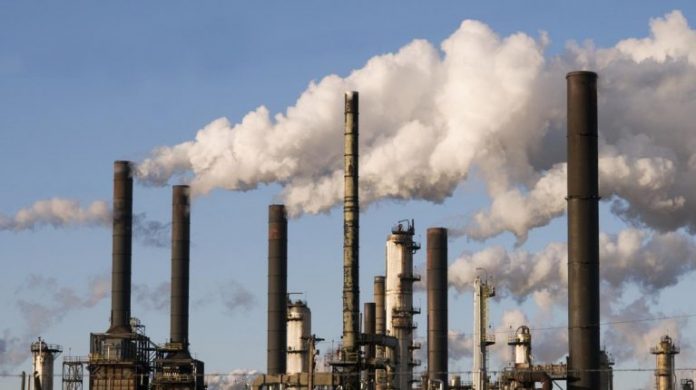
Dr. Arun Kumar Nayak
Today, India has become the tenth largest industrial country in the world and it is reckoned as one of the most polluted countries of the world as far as industrial pollution and hazardous wastes are concerned. The large volume of discharged wastes in the form of liquid effluents released from different sources of industries goes into the rivers and it pollutes the river water to a great extent, which poses a threat to the aquatic life. It also accompanies many health hazards for them, who depend on the particular water bodies for drinking water and other day to day necessities. The polluted water damages the crops, on which farmers depend for irrigation. Therefore, industrial induced pollution of water and air is a major concern for the humans in the contemporary society, which is threatening and deteriorating the socio-economic conditions of the people day by day.
Odisha is very rich in terms of mineral resources. It is rich in minerals like Coal, Iron ore, Manganese ore, Chromite ore, Dolmite, Bauxite and Lime stone, and thereby, the state becoming the prime destination of primary metallurgical industries inviting a large influx of domestic and foreign investors. The process of industrialization started in the state soon after India’s independence. Odisha appeared in the industrial map of the country after setting up an integrated Steel Plant at Rourkela during the Second Five Year Plan. Later on, industrial establishments, accelerated to a greater extent in the state like Aluminum Smelter in Hirakud, IDCOL Cement in Bargarh, Paper Mill in Brajarajnagar, etc. Industries were established across the state in the mineral rich areas and now 2754 industries are functioning in the state dividing them into twelve industrial zones.
Central Pollution Control Board (CPCB) has identified 17 categories of industries as highly polluting type because of their highly polluting potential and the polluting industries are located in different zones of Odisha. According to the latest report of CPCB, the pollution level of the IB Valley and Jharsuguda were also found to be at critical level like Angul-Talcher. The ongoing massive industrialization in western Odisha, especially in the Jharsuguda region, is a major concern for its increasing pollution level in the region. The Odisha State Polution Control Board (OSPCB) opines that vast areas of land is being converted into ash ponds and solid waste disposal facilities and in this process the agricultural land is turning into unproductive barren land in Angul-Talcher region. The Board also points out that industrial establishment in Talcher-Angul and Rourkela are contributing to maximum pollution in terms of air and water and it has become a major issue.
Viewing these facts, the need of the hour is to check the unregulated industrialization in the state, which has been causing the depletion of all gifts of nature like land, water and air. Yes, industrialization is necessary and it is central to our economic development, but not at the cost of environmental pollution and the process of development should be sustainable.

